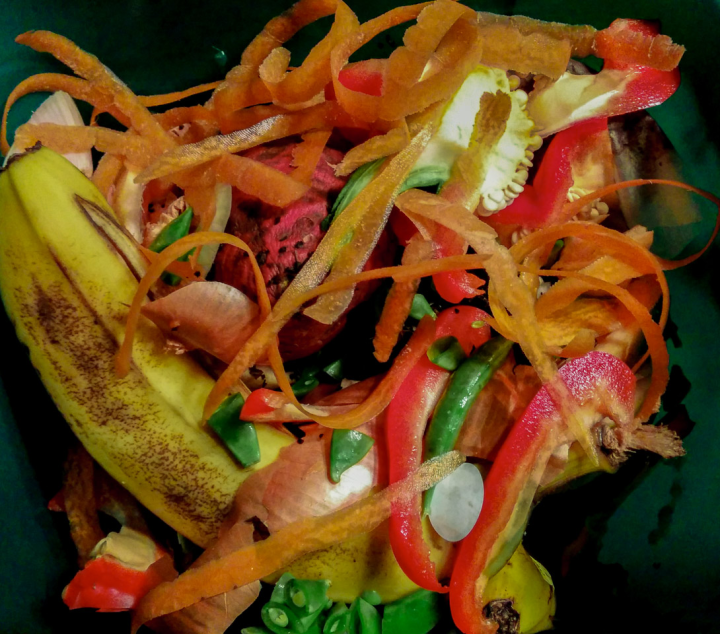
N5-cam II: Scrubbing Up

In my last N5-cam outing, Low Light, I suggested contradictory things. First, that I was going to investigate using this as a serious pocket camera, and second, that since this is Just A Phone, there’s no need for postprocessing.
Then I ran across Craig Mod’s pieces Photography, hello and Goodbye, Cameras which assume, as part of the argument that cameras need to be, essentially, “networked lenses”, that you’re going to process your mobile shots with serious tools like Lightroom as a matter of course. So I did.
Metaphorical scrubbings · My wife recently attended her niece’s wedding; also in attendance was a nephew, something of a hobbledehoy in his late teens; but he looked remarkably presentable in wedding finery; “Scrubs up well, doesn’t he?” she said as we reviewed the photos. So, in 2014, do phonecam pictures; they deserve to be treated seriously so I will.
In this first shot, I was prepping for a stir-fry and the vegetable-chopping residue, on top of what was already in the compost bin, became vigorous in its color.
It required fairly heroic photoadjustment, highlights blown-out and white balance way off the rails. Harder to work with, too, than the infinite-depth raw files coming off the Fujifilm X-Trans sensor I’ve been getting used to. Still, there was a there there and Lightroom could be made to pull it out.
These next two are inside Vancouver’s Central Public Library, something of an architectural showpiece. Worth expanding, particularly the first.
These got less processing than the compost, mostly aimed at light-and-shadow adjustments and some entertaining color theatrics on the second. Oh, and geometry, but I think that’s getting pushed down into...
Workflow · I’ve got my phone set to upload the camera’s harvest both to G+ and DropBox. The former, in case I feel like lightweight sharing or auto-awesome-izing; the latter as a convenient route into Lightroom.
That little lens does pretty well on balance but needs help with the geometry. Specifically, -8% on the “Distortion” slider in the “Basic” tab under “Lens Correction” in Lr’s “Develop” module.
Also, a positive nudge on the Clarity button seems consistently helpful.
And yeah, when I look at the images critically, I can see all sorts of shortcomings and artifacts that a bigger camera wouldn’t have produced.
But having said that · These pictures have a lot of detail and sufficient grace. And I probably wouldn’t have got them if I’d had to haul a larger camera out of my pocket. The Nexus 5, an example of a reasonably-competent modern mobile-device camera, is moving into the territory where the limiting factor in photo quality isn’t the device, but the person holding it. Sobering.